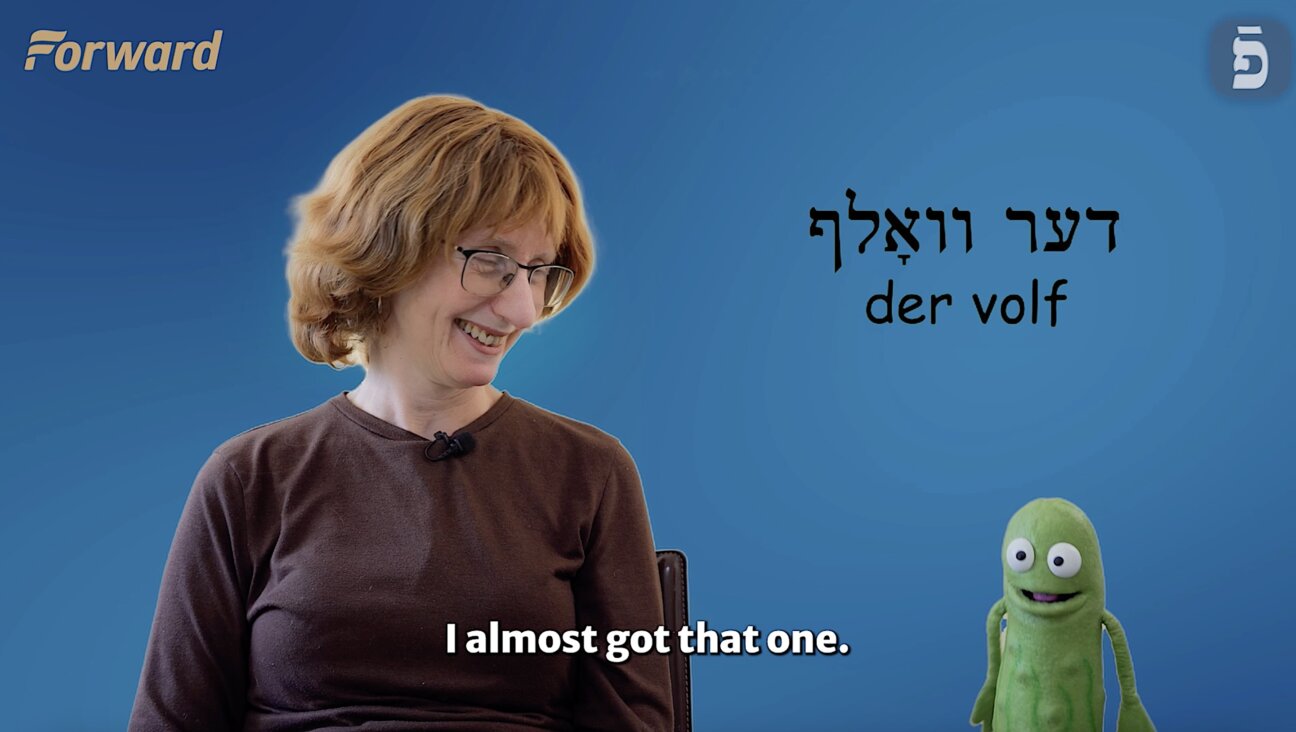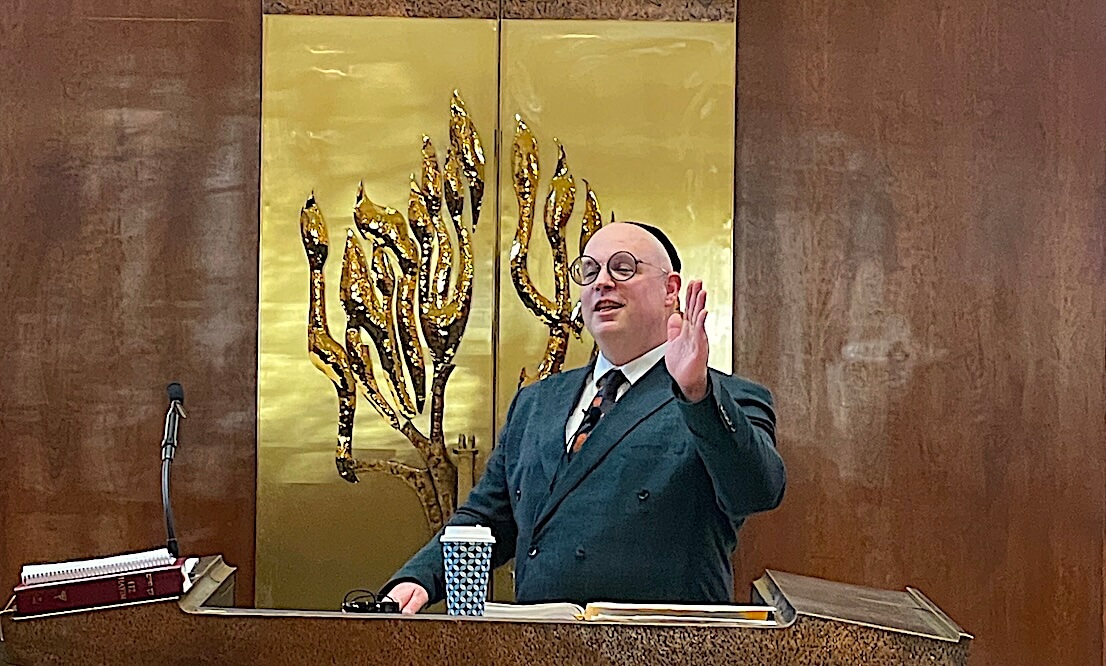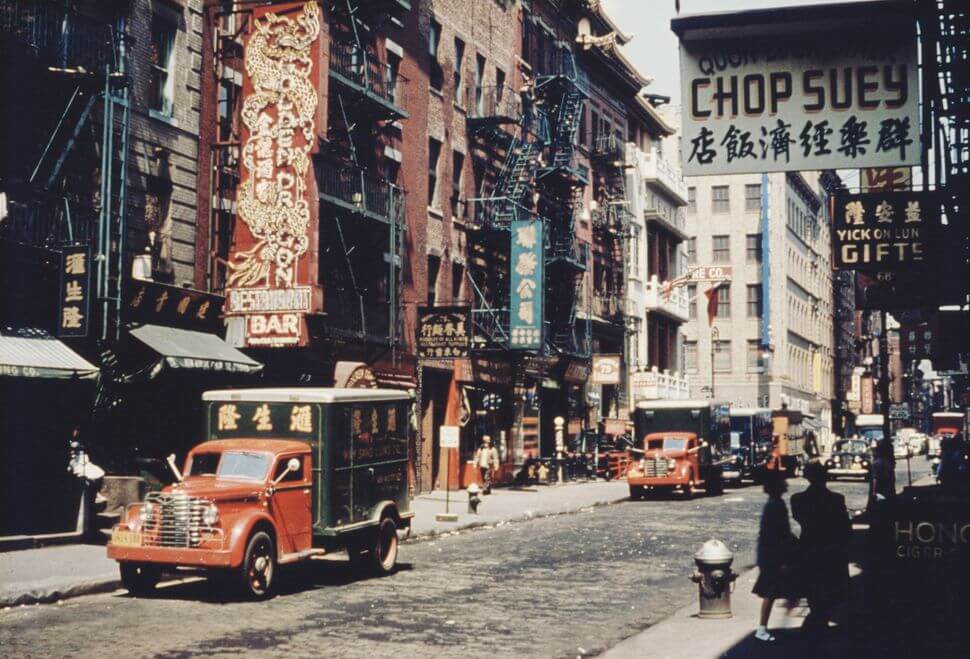Five Centuries of Yiddish Poetry, Written by Women

Graphic by Angelie Zaslavsky
This article originally appeared in the Yiddish Forverts.
A remarkable history of women’s poetry in Yiddish was recently published by Joanna Lisek, a scholar of Polish literature. The book is currently available only in its native Polish, but it’s imperative that it be translated into English as well.
The monograph, “Kol Ishe: The Voice of Women in Yiddish Poetry,” details the little-researched field of women’s poetry in Yiddish from the 16th century until 1939. It’s probably one of the most beautiful examples of bookmaking in recent memory, inviting comparison with Efrat Gal-Ed’s recent German-language biography of Itzik Manger. In English there is, simply put, no research available on this level.
The book pursues two aims. For a general Polish readership, it introduces an important aspect of Jewish cultural history, told with the perspective of contemporary feminist theory. For academic readers proficient in Yiddish, the book provides a distinctive approach to Yiddish poetry by women. A particular strength of the book is the richness of its newly-discovered archival materials and documents.
The first part of the book examines the general status of women in traditional Eastern European Jewish society. The first examples of women’s voices that Lisek examines are handwritten verses that women left in the margins of Jewish religious books. Through those lines we learn the authors’s names and certain details of their lives. Another source of women’s poetry is through folklore; there the authors have remained anonymous.
The first recognized female poets in Yiddish appeared at the end of the 19th century. Rosa Goldstein (b. 1870) had her poems published in the St. Petersburg Yiddish newspaper, Yidishes folks-blat, in 1888, an event that Lisek writes “opened a new era in the Yiddish poetry of women.” This was a time of national awakening among Jews in general, and Yiddish literature was in search of new paths. Following Goldstein, the voices of women found a distinctive, if modest, place in this national choir. Lisek is particularly interested in the feminist motifs and themes in the poetry of this women’s contingent, and focuses on them in the works of poets like Goldstein, Zelda Knizhnik, Pearl Prilutski and Yehudis, whose given name was Rokhl Bernstein, all of whom first appeared at the turn of the 20th century.
The apex of Yiddish women’s poetry occurred between the two world wars. As Lisek notes, the Yiddish literary centers in this era were in the Polish cities of Warsaw, Lodz and Lvov (now Lviv); the United States and the Soviet Union were secondary. Individual poems by female poets received attention in the broader cultural context of that time, but those poets tended to not be recognized for their full bodies of work. Lisek acquaints the reader with contemporary critical exchanges vis-a-vis the issue of women in literature, which permits us to get a sense of the era. In doing so, she relies particularly on Ezra Korman’s 1928 anthology “Yidishe dikhterins” (“Female Poets in Yiddish”), which she employs both as a source for poems and information and subjects to critical scrutiny.
The cultural and historical context Lisek provides in her book allows us to better understand and appreciate the work of certain women poets who later left Poland and earned their reputation in America or Israel, such as Kadya Molodovsky or Rikudah Potash. Aside from these and other well-known names, like Miriam Ulinover, Rokhl Korn and Ana Margolin, we learn here of two unique poets who remain largely unknown today: Bertha Kling, an American poet, and Khane Levin, from the Soviet Union. Lisek has discovered important archival sources that help explain the internal poetic development of these two women, who lived in very different social circumstances.
In her conclusion, Lisek formulates three theoretical models for Yiddish poetry written by women. First is the progressive, feminist-oriented artist who dispenses with Jewish society’s traditional patriarchal foundations, but doesn’t disavow the cultural legacy of her mother and grandmother. Poets in this category include Molodovsky, Rokhl Verpinski and Celia Dropkin. The second model is the so-called “New Rachel,” a religiously observant woman who takes pride in her Jewish identity and expresses her poetic voice through it, like Rosa Yakubovitsh and Miriam Ulinover. The third type is the new socialist, who envisions herself as the equal of men in the struggle for a new society. This type includes the Soviet authors Levin and Aniute Piatigorsky.
In short, “Kol Ishe” is necessary reading for anyone serious about studying Yiddish literary history. Hopefully, it won’t be too long before this important book is translated into English, and hence made available to a much wider audience.















